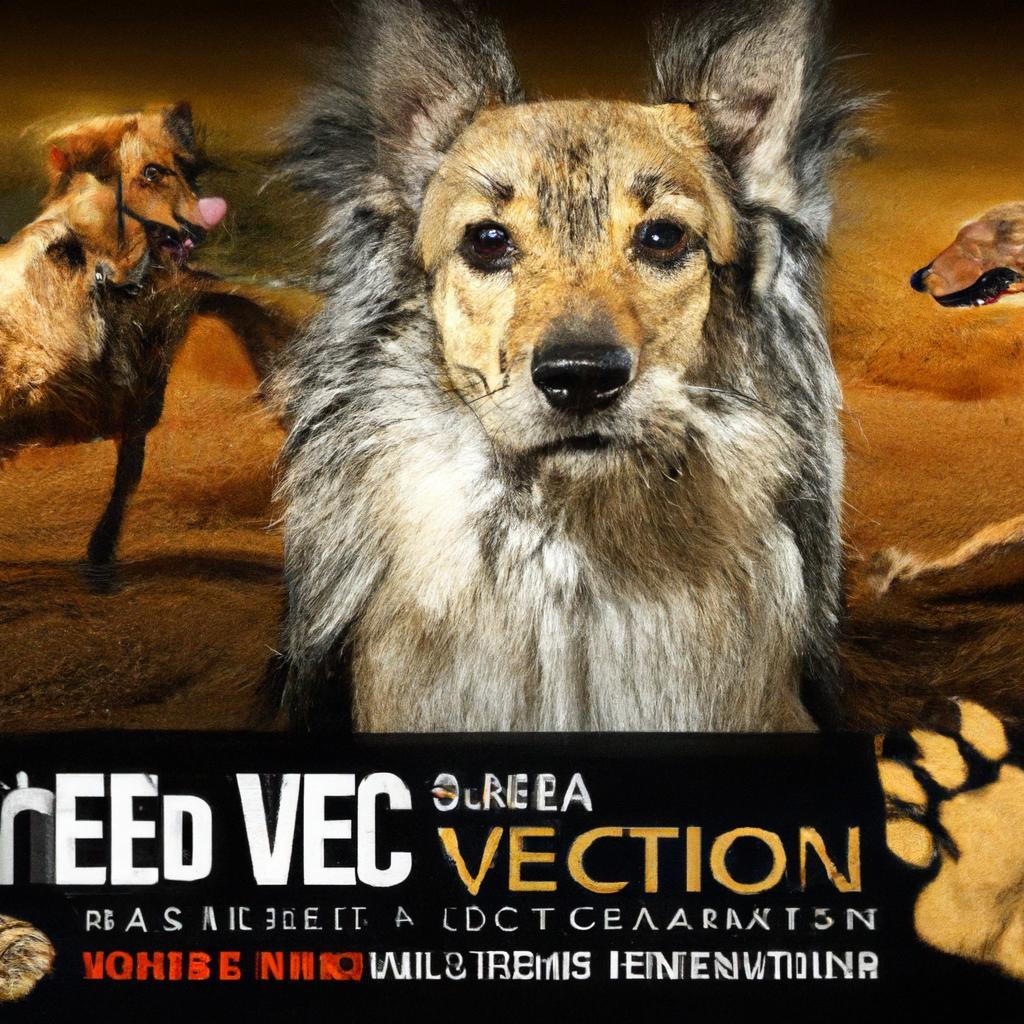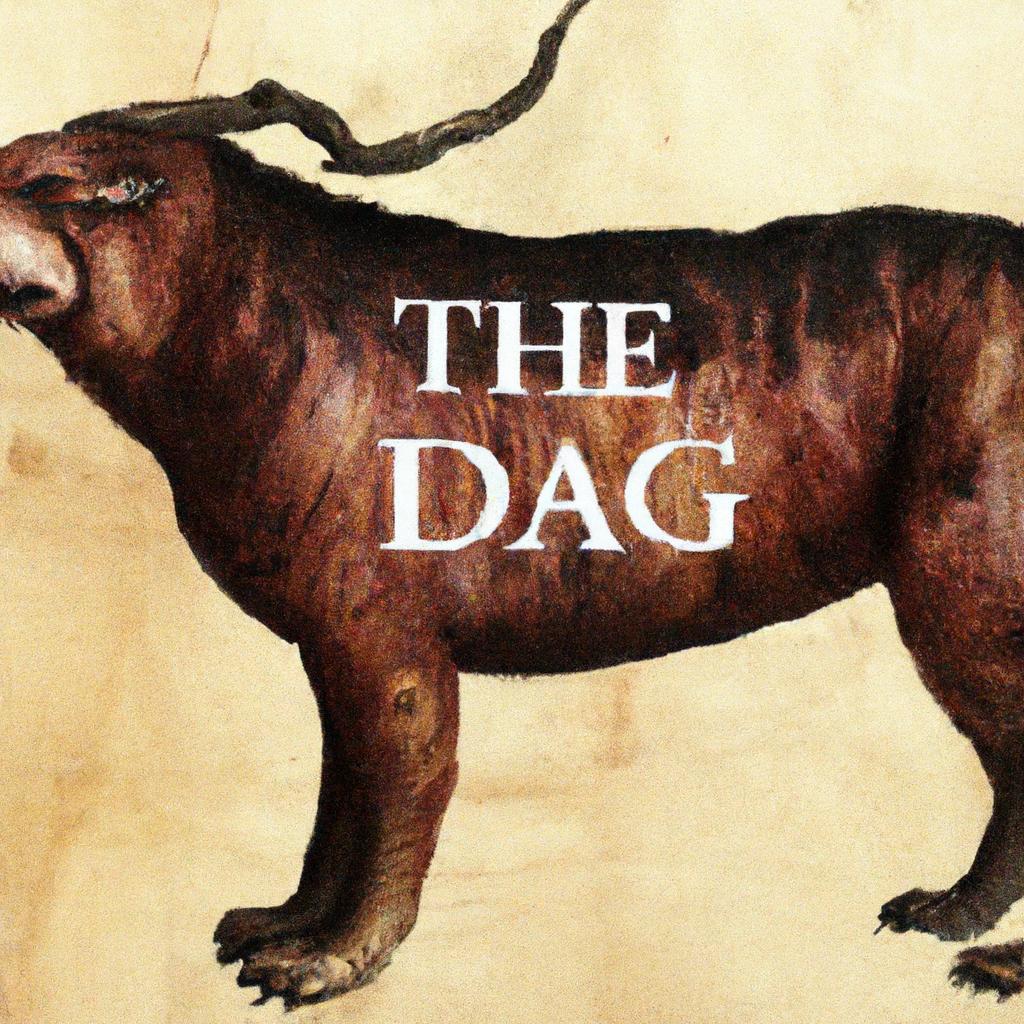Once, in the misty hills of ancient Britain, the noble Talbot hound roamed freely, renowned for its keen hunting skills and loyal companionship. As time passed, the rise of new breeds overshadowed this majestic dog, leading to its gradual disappearance. Today, the Talbot is but a whisper in history, a reminder of the fragility of canine diversity. We must cherish and protect our existing breeds, for if we neglect them, we risk losing more than just a pet; we lose a piece of our shared heritage. Let’s advocate for preservation before it’s too late.
Contents
- Exploring the Historical Context of Dog Breed Extinction
- Identifying Breeds That Have Disappeared and Their Unique Traits
- Understanding the Factors Contributing to Dog Breed Extinction
- Preserving Canine Diversity: Strategies for Preventing Future Extinctions
- Q&A
Exploring the Historical Context of Dog Breed Extinction
The extinction of dog breeds is a phenomenon that reflects broader historical trends, including changes in human society, economy, and environment. Throughout history, various breeds have emerged and disappeared, often as a direct result of shifting human needs and preferences. For instance, during times of war, certain breeds that were once valued for their utility may have been neglected or lost due to the scarcity of resources and the prioritization of survival over companionship.
Moreover, the rise of industrialization and urbanization significantly impacted dog breeding practices. As people moved into cities, the demand for specific traits in dogs shifted. Breeds that were once essential for agricultural tasks or hunting began to fade as urban lifestyles took precedence. This transition often led to the decline of breeds that could not adapt to the new environment or whose roles became obsolete. The **loss of habitat** and **changes in lifestyle** contributed to the gradual extinction of several breeds.
Additionally, the advent of modern breeding practices has played a crucial role in the fate of various dog breeds. Selective breeding for specific traits has led to the prioritization of certain breeds over others, often at the expense of genetic diversity. Breeds that were not commercially viable or popular among dog enthusiasts faced the risk of extinction. The **focus on aesthetics** rather than functionality has resulted in the loss of breeds that once thrived in specific roles, such as herding or guarding.
conservation efforts and awareness of the importance of genetic diversity have emerged in response to the threat of extinction. Organizations dedicated to preserving rare and endangered breeds are working tirelessly to educate the public and promote responsible breeding practices. By highlighting the **cultural significance** and **historical value** of these breeds, advocates aim to ensure that future generations can appreciate the rich tapestry of canine history, preventing further losses in the world of dog breeds.
Identifying Breeds That Have Disappeared and Their Unique Traits
Throughout history, numerous dog breeds have vanished from existence, often due to changes in human needs, environmental factors, or shifts in societal preferences. These breeds, once cherished companions or working partners, have left behind a legacy of unique traits that reflect their roles in human society. Understanding these breeds not only honors their memory but also highlights the importance of preserving canine diversity.
One notable example is the St. John’s Dog, a precursor to the modern Labrador Retriever. This breed was known for its exceptional swimming ability and was often employed by fishermen to retrieve nets and catch. With their thick, water-resistant coat and webbed feet, they were perfectly adapted to the harsh conditions of the North Atlantic. Unfortunately, as fishing methods evolved, the demand for these dogs diminished, leading to their extinction.
Another breed that has disappeared is the Turnspit Dog, a small, agile breed once utilized in kitchens to turn meat on a spit. These dogs were bred for endurance and had a unique physical trait: a long, slender body that allowed them to run on a wheel, powering the spit with their movement. As cooking technology advanced, the need for such a breed faded, resulting in their eventual disappearance from the canine world.
Lastly, the Irish Wolfhound faced near extinction in the 19th century due to overhunting and changes in land use. Known for their impressive size and gentle demeanor, these dogs were originally bred to hunt wolves and protect livestock. Their unique combination of strength and loyalty made them invaluable to Irish farmers. Although they have been revived, the original traits and characteristics of the breed have been diluted over time, reminding us of the fragility of canine heritage.
Understanding the Factors Contributing to Dog Breed Extinction
Dog breed extinction is a complex issue influenced by various factors that intertwine with human activities and environmental changes. One of the primary contributors is **loss of habitat**. As urbanization expands and natural landscapes are altered for agriculture or development, the environments that certain breeds thrived in become increasingly scarce. This not only affects the breeds’ ability to survive but also diminishes the genetic diversity essential for their long-term viability.
Another significant factor is **changing societal preferences**. As lifestyles evolve, so do the types of dogs that people choose to keep as companions. Breeds that were once popular may fall out of favor, leading to a decline in their population. This shift can be exacerbated by the rise of designer breeds, which often overshadow traditional ones. Consequently, breeds that do not adapt to the current market demands may face extinction.
Additionally, **health issues** prevalent in certain breeds can contribute to their decline. Many purebred dogs are prone to genetic disorders due to a limited gene pool, which can lead to higher mortality rates and lower reproductive success. As these health challenges become more pronounced, the breeds struggle to maintain their numbers, making them more vulnerable to extinction.
**breeding practices** play a crucial role in the survival of dog breeds. Irresponsible breeding, often driven by profit rather than the health and well-being of the dogs, can lead to a further decline in population. Without proper regulation and ethical standards, breeds may be bred for specific traits at the expense of their overall health, ultimately jeopardizing their existence. Addressing these factors is essential to prevent the extinction of any dog breed and to ensure a diverse canine population for future generations.
Preserving Canine Diversity: Strategies for Preventing Future Extinctions
To combat the alarming trend of canine extinction, it is crucial to implement effective strategies that prioritize the preservation of diverse dog breeds. One of the most impactful approaches is the establishment of **breed preservation programs**. These initiatives focus on maintaining genetic diversity within breeds through controlled breeding practices, which can help prevent the loss of unique traits and characteristics. By collaborating with breeders, veterinarians, and geneticists, we can ensure that endangered breeds receive the attention and resources they need to thrive.
Another vital strategy involves raising public awareness about the importance of canine diversity. Educational campaigns can highlight the unique qualities of various breeds and the roles they play in our lives, from companionship to working capabilities. By fostering a deeper appreciation for all dog breeds, we can encourage responsible ownership and discourage the trend of prioritizing popular breeds over those at risk of extinction. This cultural shift can lead to increased adoption rates and support for lesser-known breeds.
Conservation efforts must also extend to **legislation and policy changes** that protect endangered breeds. Advocating for laws that promote ethical breeding practices and discourage puppy mills is essential. Additionally, creating incentives for breeders who focus on preserving rare breeds can help shift the market dynamics in favor of diversity. By aligning economic interests with conservation goals, we can create a sustainable future for all dog breeds.
fostering partnerships between organizations dedicated to canine welfare and conservation can amplify efforts to preserve canine diversity. Collaborative projects that involve shelters, breed clubs, and wildlife organizations can lead to innovative solutions for protecting endangered breeds. By pooling resources and expertise, these partnerships can create comprehensive strategies that address the multifaceted challenges of canine extinction, ensuring that future generations can enjoy the rich tapestry of dog breeds that have enriched our lives for centuries.
Q&A
-
Are there any dog breeds that are officially extinct?
Yes, several dog breeds have become extinct over time. Factors such as changes in human needs, habitat loss, and selective breeding have contributed to their disappearance. Notable examples include the St. John’s Dog and the Turnspit Dog.
-
What causes a dog breed to become extinct?
Dog breeds can become extinct due to a variety of reasons, including:
- Loss of purpose or utility
- Changes in breeding practices
- Natural disasters or diseases
- Declining population numbers leading to inbreeding
-
Can extinct dog breeds be brought back?
While it is challenging to fully revive an extinct breed, some efforts involve selective breeding of similar breeds or using genetic material. However, this process often raises ethical concerns and may not result in a true representation of the original breed.
-
How can we prevent dog breeds from going extinct?
To prevent extinction, it is crucial to:
- Promote responsible breeding practices
- Support breed-specific rescue organizations
- Educate the public about the importance of genetic diversity
- Encourage adoption of less common breeds
By taking these steps, we can help ensure the survival of diverse dog breeds for future generations.
while some dog breeds have faced extinction, the importance of preserving canine diversity remains paramount. By supporting responsible breeding and adoption, we can ensure that future generations enjoy the rich tapestry of dog breeds. Let’s act now!




